The 2015 Good Gift Games
Give someone the right board game, and you're offering easy access to endless fun. Choose incorrectly, and you're giving misery in a box. Start here instead, with the best board games of 2015.
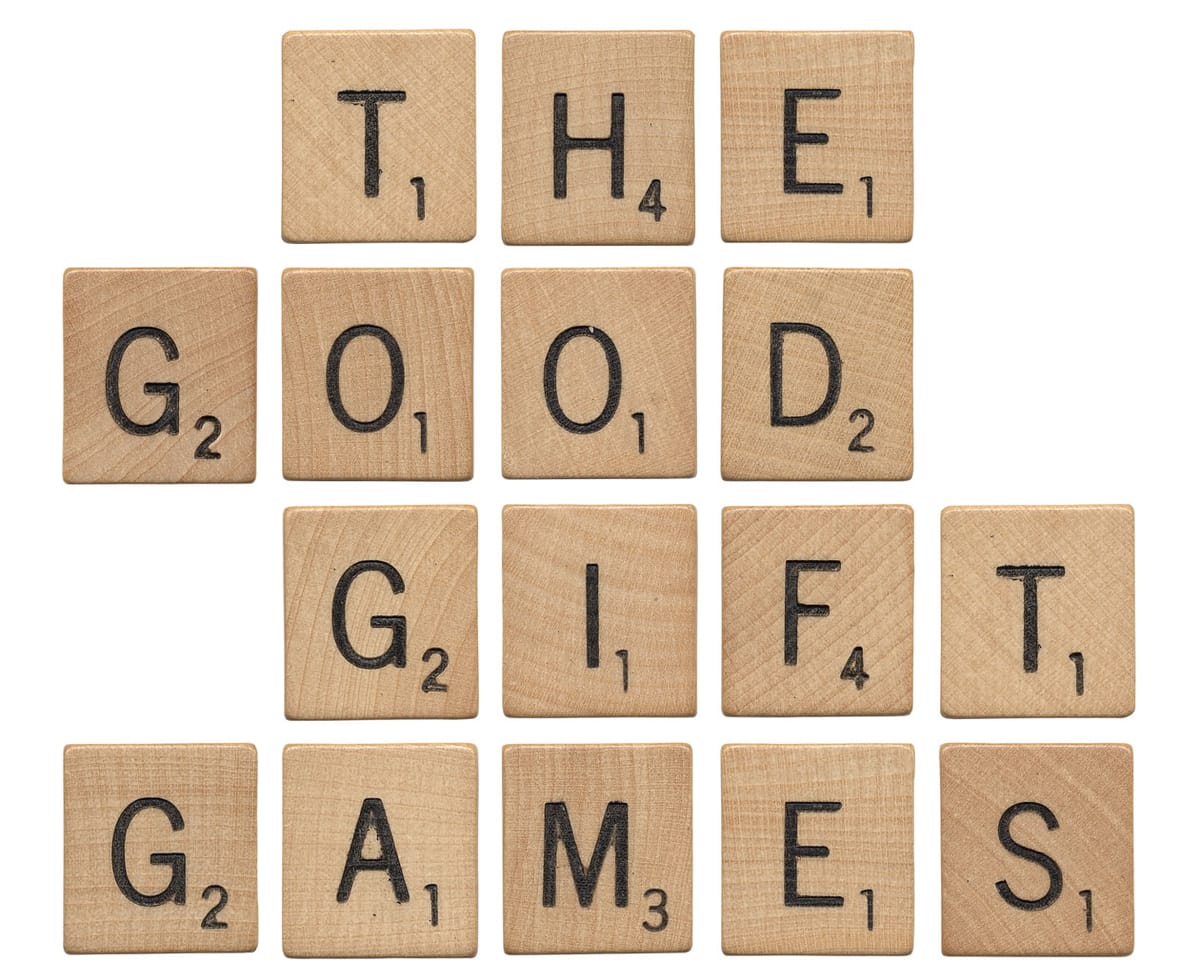
Last week, in a heartfelt letter to his newborn child, Mark Zuckerberg announced that he and his wife are donating 99 percent of their Facebook shares. It’s one of the most generous gifts in the history of philanthropy, but terrible news for those of us who were planning to give away $45 billion this holiday season. Now people will think we’re just jumping on the bandwagon.
Fortunately, there are other gift options. Board games, for instance. After all, $45B will fetch you about 2,250,000,000 copies of Monopoly. Just imagine the look of surprise on your cousin’s face when he finds them under the tree, not to mention his sincere “You… shouldn’t have…”
And he’s right: You shouldn’t! Why buy a quarter billion copies of Monopoly when there are so many contemporary games of which you could buy a quarter billion?
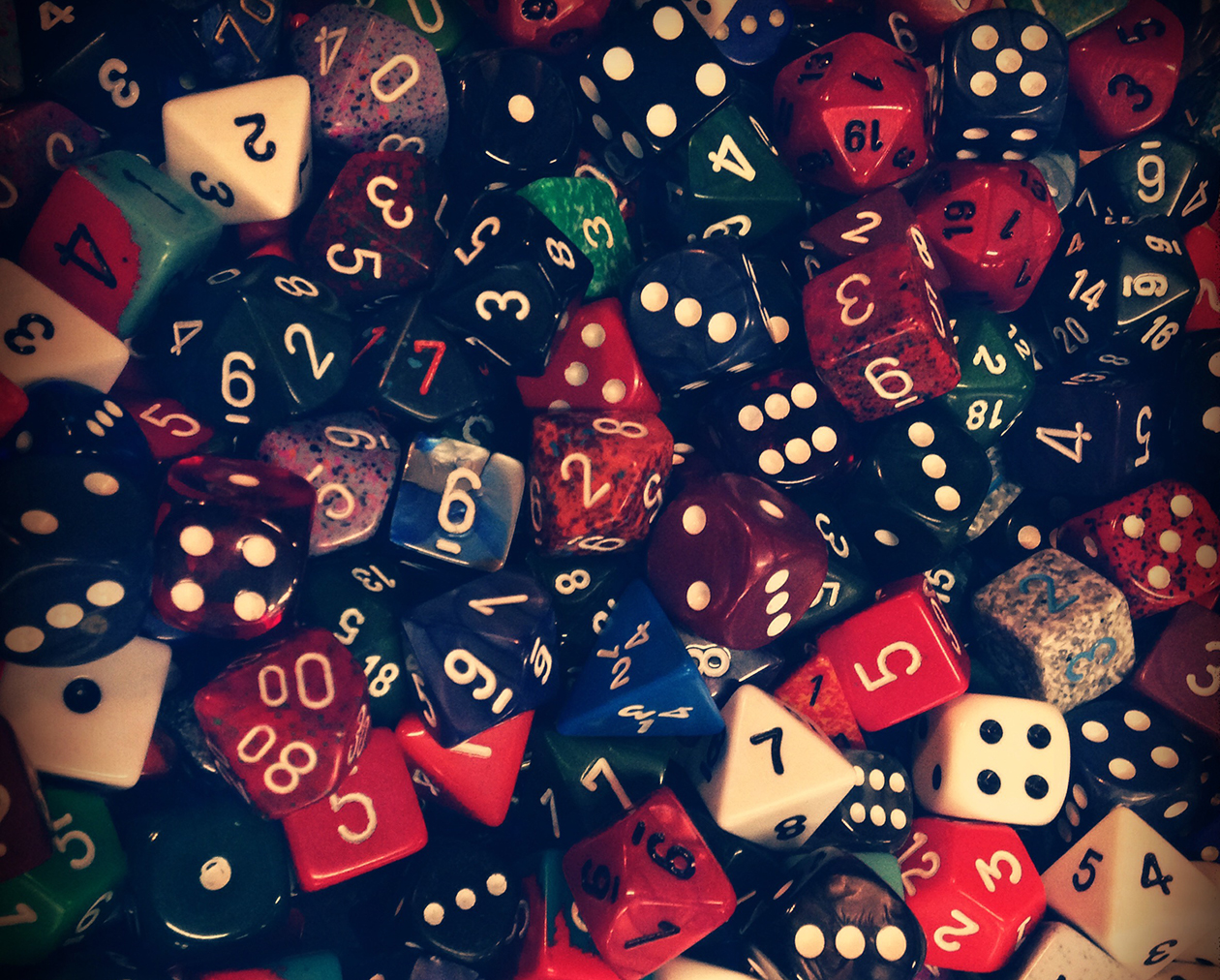
That’s where my annual Good Gift Games guide comes in, highlighting those board games of the last year or so that are are easy to learn and teach, fun and engrossing to play, and that can be completed in 90 minutes or less.
With a few sound investments in the items listed below, you can give gifts that reward the recipients with fun, engaging experiences offline. Yes, that might mean less time on Facebook, but it serves Zuck right for swiping your idea.
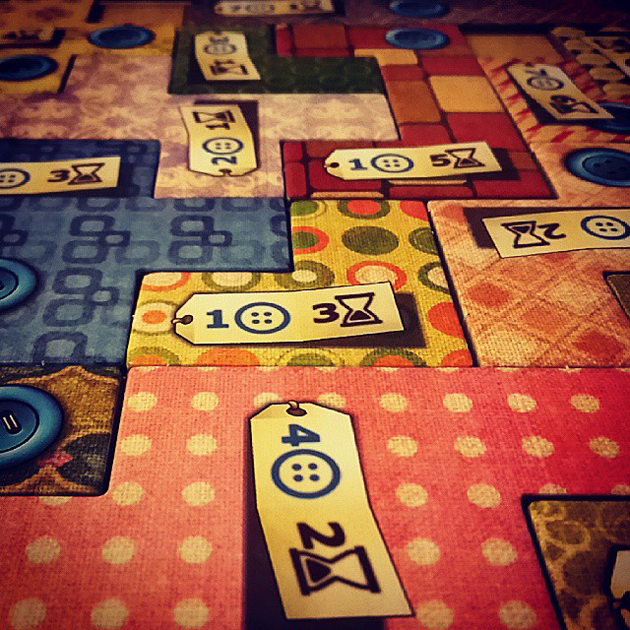
Patchwork
Designer Uwe Rosenberg is known for big, sprawling, award-winning strategy games, the sort that take 30 minutes to set up and several hours to complete. So it was something of a surprise when he released Patchwork, a light, addictive, two-player game. Like a non-digital version of Tetris, Patchwork has players fitting irregularly shaped tiles (representing patches of fabric) into their personal quilts, striving to cover as many spaces as possible. Large tiles are great for filling up space, but becoming increasingly difficult to place as the board becomes crowded; a small piece might be perfect for patching a hole, but will do little to advance your overall score. And through it all you have to mind your “buttons,” which serve as the game’s currency. At a 20-minute playing time, I’ve logged more plays of Patchwork than any other game in 2015, and I’ve already stocked up on copies to give to every couple I know.
Designer: Uwe Rosenberg
Publisher: Mayfair Games
Players: 2
Time: 20 minutes
Genre: Family
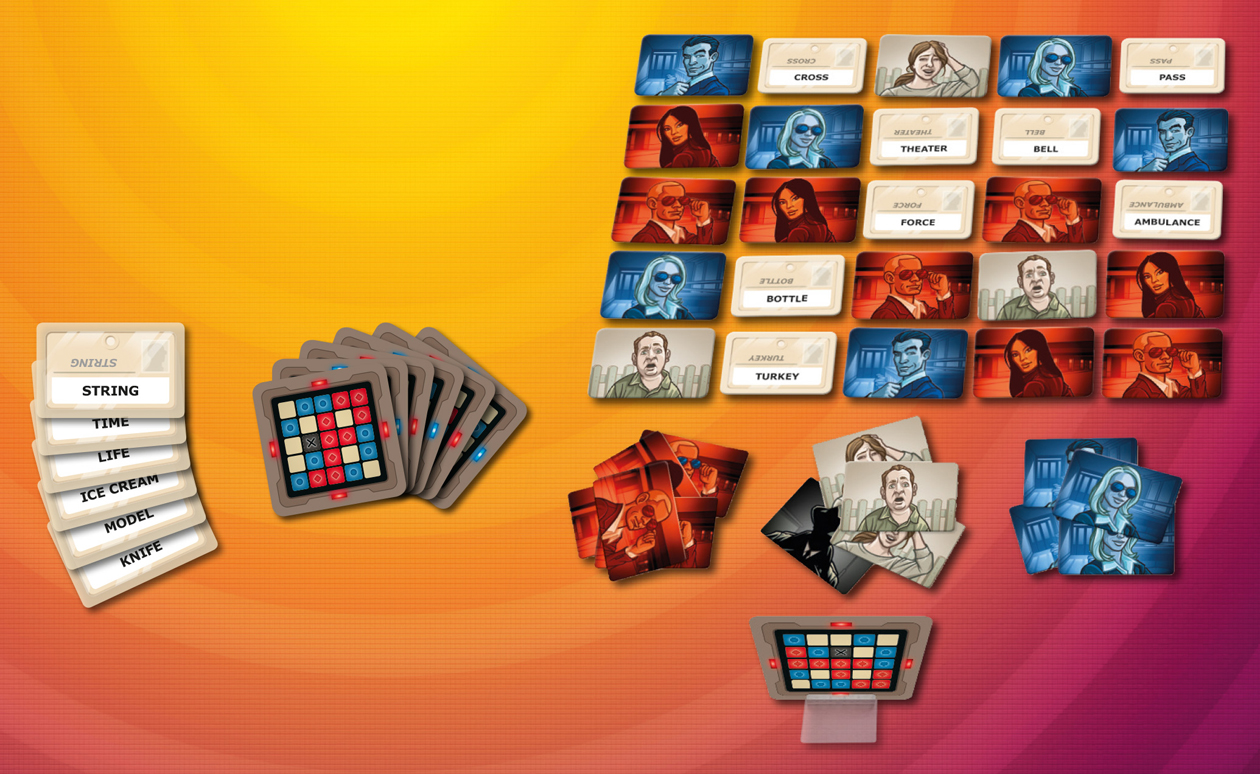
Codenames
Since the heyday of Taboo, game designers have been trying to improve upon the “get your partner to guess the secret word” formula. And the newest iteration, Codenames, is perhaps the finest yet. Twenty-five cards are placed onto the table, each bearing a word. Some of the cards are affiliated with the red team, some with the blue, and one is the deadly assassin. One player on each side knows which cards belong to the team, and gives clues designed to communicate this information to the rest. Since a clue can only be a single word long, it is advantageous to pick one that points to several of the team’s cards at once—“marble,” for instance, for both “fountain” and “statue”—taking care not to accidentally indicate a card belonging to the opponents (giving them a free point) or, worse, corresponding to the assassin (resulting in an immediate loss). Codenames is a bit more cerebral than the typical Taboo-esque fare, but clever clues and lucky guesses are extraordinarily satisfying.
Designer: Vlaada Chvátil
Publisher: Czech Games
Players: 2–8 (in teams of 2)
Time: 15 minutes
Genre: Word/party
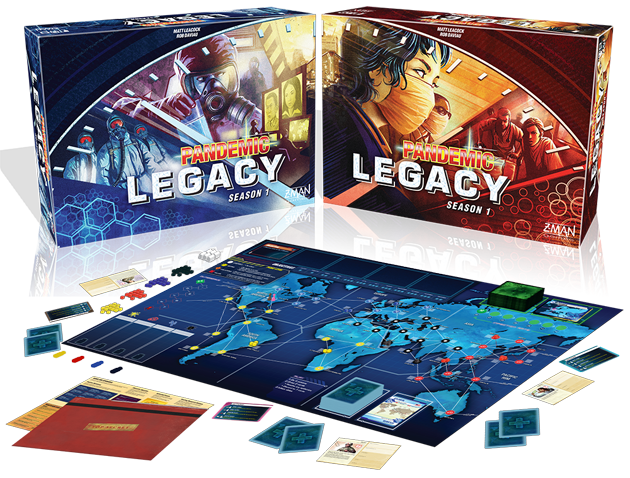
Pandemic Legacy
Pandemic by Matt Leacock was my top pick on the 2008 Good Gift Games guide; four years later I plugged Risk: Legacy by Rob Daviau. Now Leacock and Daviau have teamed up to create Pandemic Legacy, my favorite game of the year and one that every game enthusiast owes it to themselves to try. As in the original Pandemic, players work as a team to contain and eradicate four deadly diseases that threaten to spread across the globe. What sets Pandemic Legacy apart from its predecessor—and nearly every other board game in existence—is the Legacy element: The game’s components and rules evolve from game to game. And there’s no take-backs: You’ll be asked to indelibly deface the board, rip up cards, create relationships between your characters, and make decisions with ramifications that will be felt for a dozen games to come. If Pandemic is akin to a stand-alone movie, this is a TV serial, with a story arc that unfolds over the course of a fateful year. Pandemic Legacy requires players who are comfortable with games and are committed to playing the thing through as a team, but provides as engaging an experience as any you’ll find in a box.
Designer: Matt Leacock and Rob Daviau
Publisher: Z-Man Games
Players: 2–4 (good for 2)
Time: 60
Genre: Strategy

Lanterns: The Harvest Festival
Tile-laying games (such as Carcasonne) and set-collection games (such as Ticket to Ride) are among the most popular genres for families, and Lanterns: The Harvest Festival cleverly combines the two into a single, stylish game. There are cards of seven colors in the game, and these same colors appear on the edges of the square tiles; when you play a tile to the central tableau, everyone receives a card of the color that faces them. Your challenge, then, is to place tiles such that you get the cards you need to form complete sets, without accidentally giving your opponents the cards they need to do likewise. With beautiful artwork and a relaxing theme, Lanterns is a great one to break out after dinner. And despite its innovation, the game manages to feel instantly familiar.
Designer: Christopher Chung
Publisher: Foxtrot Games
Players: 2–4 (great with 2)
Time: 30 minutes
Genre: Tile-laying
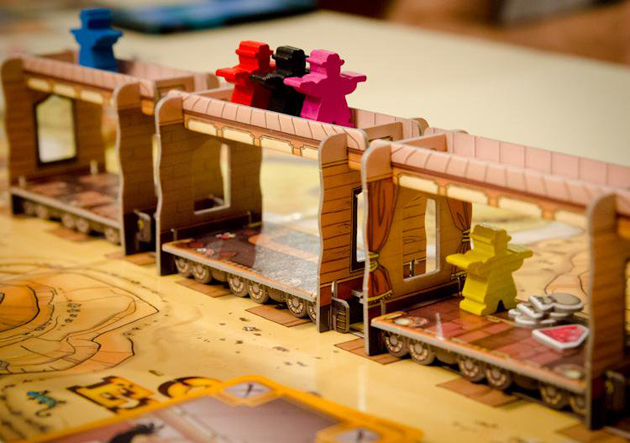
Colt Express
They say great minds think alike, but that’s not always a good thing. What would happen, for instance, if you decided to rob a train on the exact same day as five other outlaws? The result might look something like Colt Express, the clever, chaotic winner of the 2015 Game of the Year award. Players use cards such as “move,” “rob,” “punch,” and “shoot” to program the actions of their bandits four steps in advance. Unfortunately, your carefully plotted plan can be thrown into disarray by the actions of others: Loot you intend to steal may disappear before you reach it, a well-placed punch might knock you off course, and the patrolling marshal might shoot you in the back as you scramble to climb atop the train. Colt Express is a terrible game for those who hate to be thwarted—and a hilarious game of unpredictable mayhem for the rest.
Designer: Christophe Raimbault
Publisher: Asmodee
Players: 2–6
Time: 30 minutes
Genre: Family
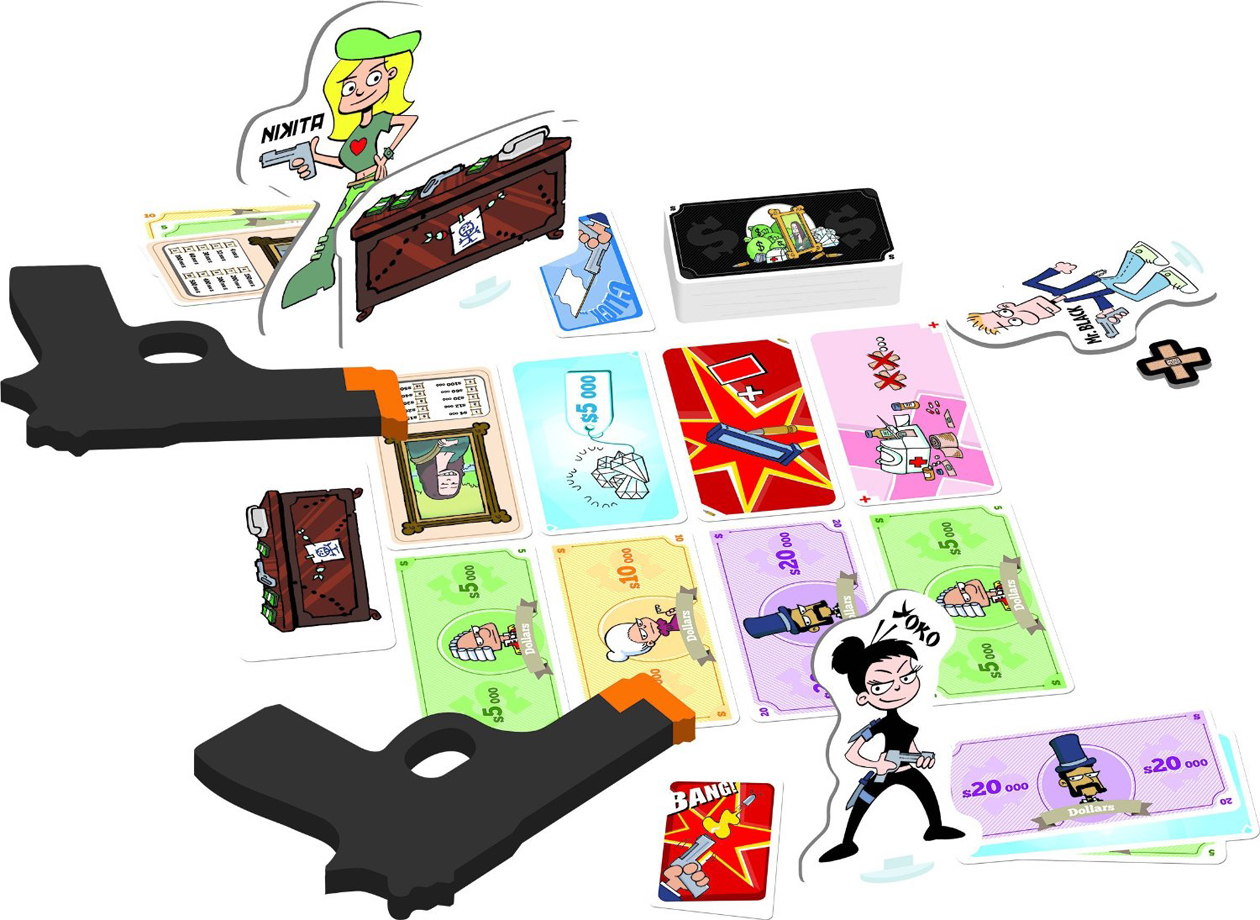
Ca$h & Guns (Second Edition)
Maybe robbery isn’t your thing—maybe you want to skip right to the part where you divvy up your ill-begotten loot. But if you think that’s gonna be any easier, Ca$h & Guns is here to change your mind. First, each player secretly decides whether to load their gun with one of their few bullet cards. Then everyone simultaneously points their foam gun at someone else at the table. Players can duck out, forgoing their share of the swag but risking no injury, or they can stay in and hope that the guns pointed their direction are empty. Ca$h & Guns would be fun even without the props, but the foam guns, and the resulting eight-way Mexican standoffs, elevate the affair into the rarified realms of Tarantino.
Designer: Ludovic Maublanc
Publisher: Asmodee
Players: 4–8
Time: 30 minutes
Genre: Bluffing
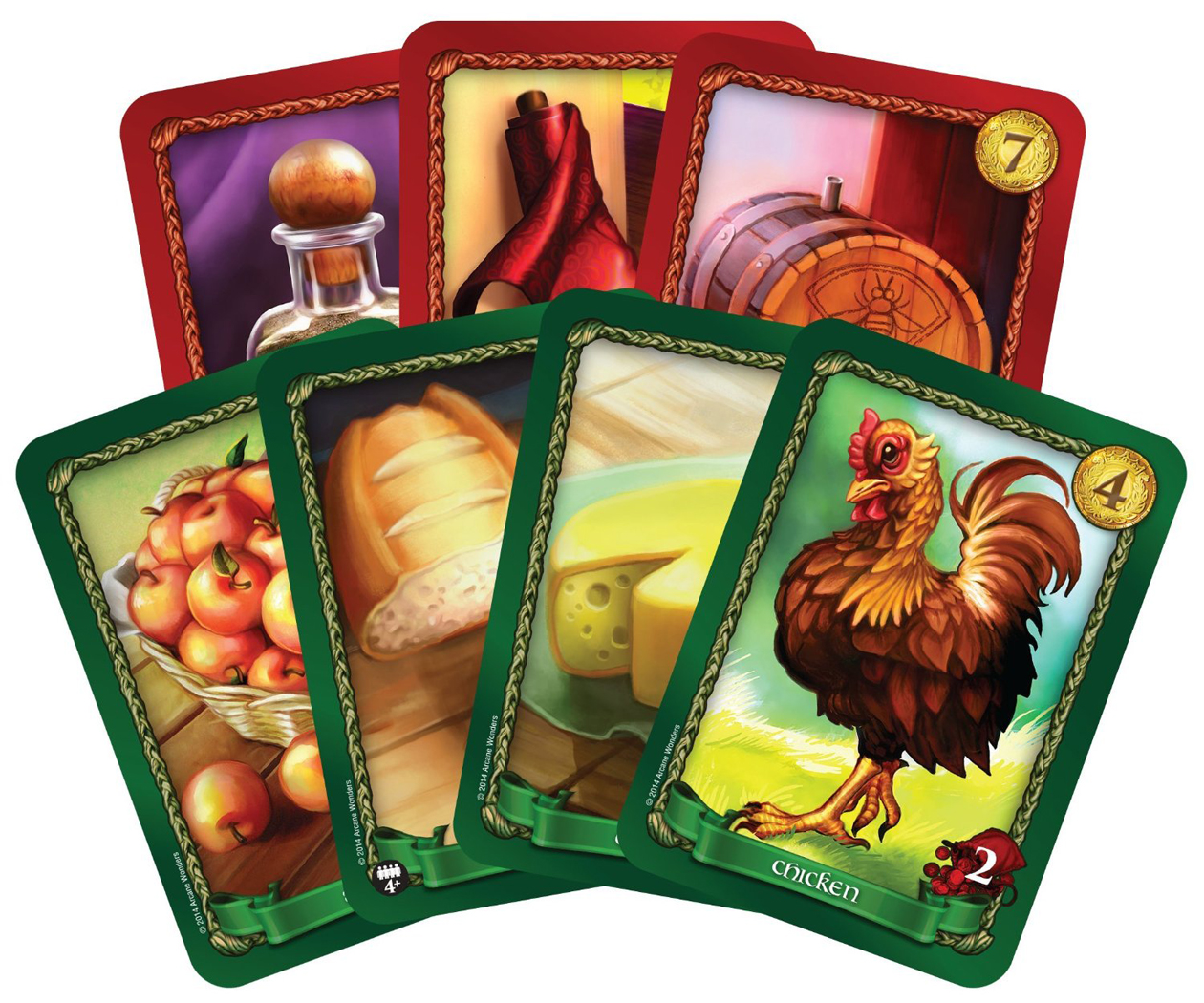
Sheriff of Nottingham
Some people enjoy gambling in their games. Some enjoy strategy. Some enjoy cooperation. And some enjoy looking their friends in the eyes and lying through their teeth. If you are among the latter, you will find ample opportunities to do so in Sheriff of Nottingham. Each round one player is the sheriff, while the others assume the role of merchants importing a variety of goods—not all of which are legal. Players can smuggle in contraband through bluffs or bribes, either of which may convince the authorities to look the other way. Or the sheriff may choose to inspect the shipment, seizing all black-market merchandise and levying a hefty fine on the merchant. But a sheriff who inconveniences a merchant in possession of all legal goods is the one who suffers the penalty. It’s a game that plays to your strengths: a good poker face and an utter lack of conscience.
Designer: Sergio Halban
Publisher: Arcane Wonders
Players: 3–5
Time: 60 minutes
Genre: Lying, basically
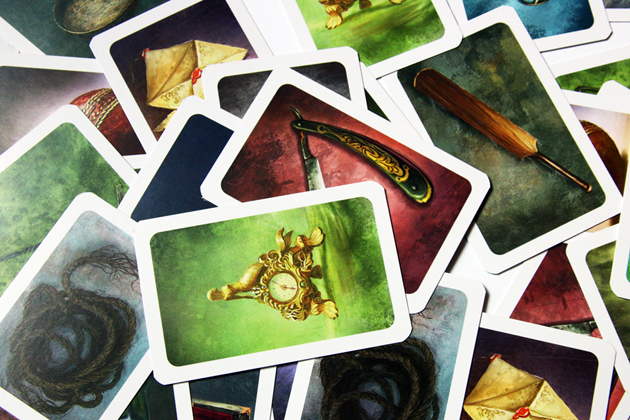
Mysterium
Mysterium shares a lot of similarities with Codenames above—so many that I thought about omitting it entirely. But although both are “give clues to indicate a specific card” games, Mysterium has a number of notable differences. For one, it is not a team game: One person plays as a ghost, restlessly haunting an ancient manor, while the rest are psychics, struggling to decrypt the spirit’s enigmatic visions. For another, Mysterium is a visual game: Both the clues and the answers are cards bearing beautiful, eerie art. Mysterium also has a more interesting scoring system than Codenames—or is needlessly complicated compared to the other, depending on your view of these things. At any rate, Mysterium absolutely belongs on this list, and on the shelves of anyone who enjoys a less literal challenge than most word games afford.
Designer: Oleksandr Nevskiy & Oleg Sidorenko
Publisher: Asmodee
Players: 2–7
Time: 45 minutes
Genre: Deduction
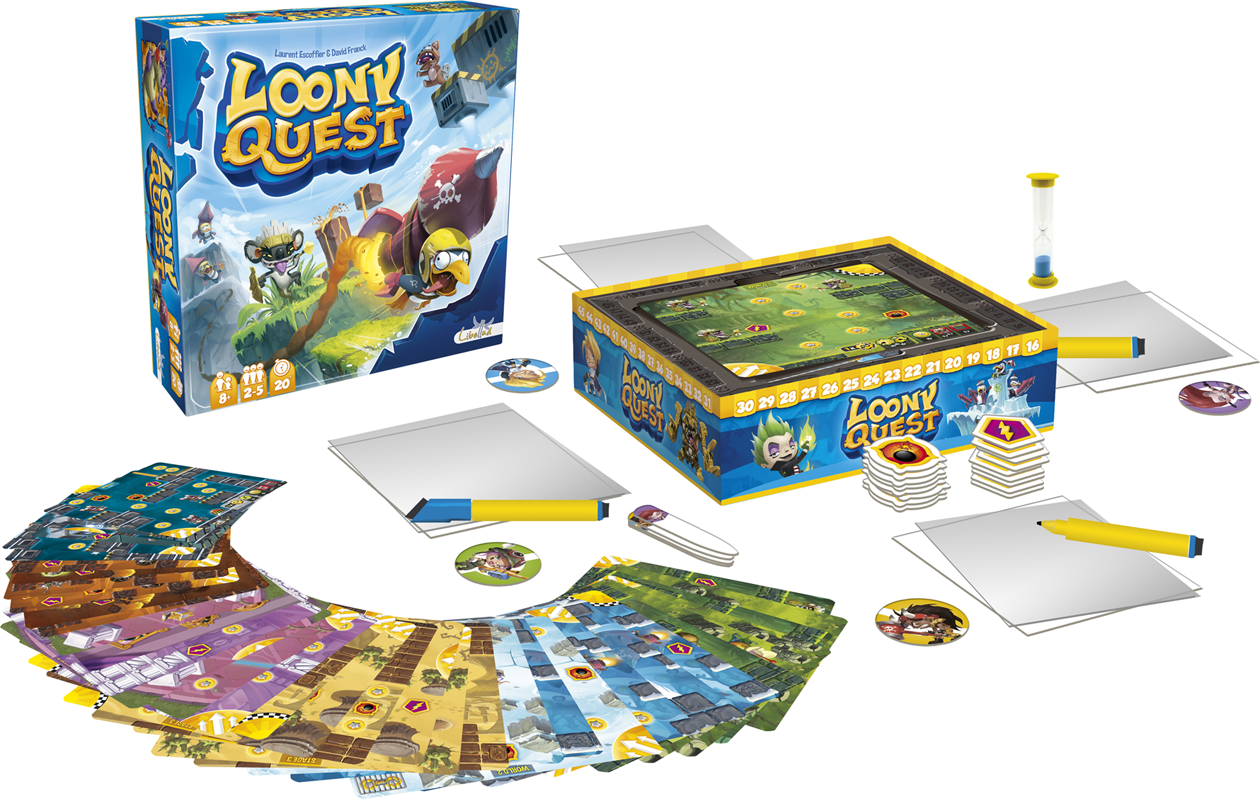
Looney Quest!
Most games—even the best—are often variations on tried-and-true themes. But occasionally you see something you’ve never seen before. Such is the case with Looney Quest (née Doodle Quest), the game of competitive line drawing. Players are shown a picture of a playing area, and must then draw a line on a transparent sheet that, when placed over the central board, will trace a path from start to finish, collecting rewards and avoiding obstacles along the way. The whimsical art—and that it tests skills that are as developed in children as in adults—make for a game that can be enjoyed by entire families.
Designer: Laurent Escoffier & David Franck
Publisher: Esdevium
Players: 2–5
Time: 30 minutes
Genre: Family/dexterity
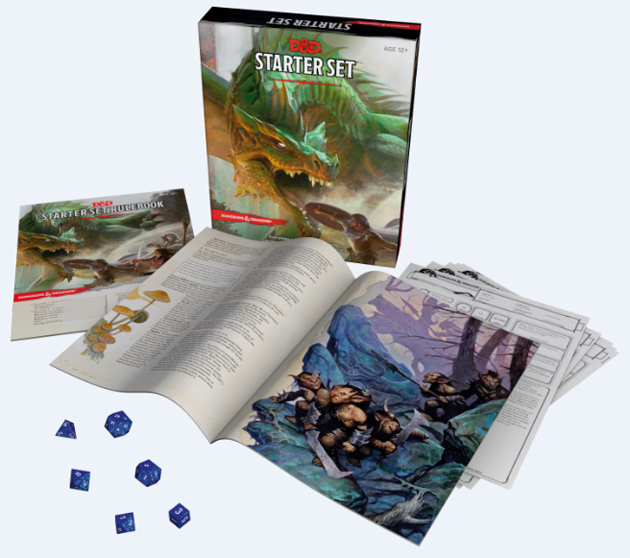
Dungeons & Dragons Fifth Edition Starter Set
It’s not a board game, but I’d be remiss not to mention the newest edition of the holiday gift that spawned a generation of roleplayers: the Dungeons & Dragons Fifth Edition Starter Set. Like the “Red Box” of old, the starter set contains everything you need to get going: stripped-down but functional rules, character sheets, dice, and a starter adventure. And that adventure ain’t no five paragraphs at the end of the rulebook, either: It’s a fully developed, 64-page (!) campaign that introduces players to the core mechanics of D&D and the world in which it is set. Wizards of the Coast is basically embracing the “give the first dose away for free” model in pricing this sucker at 20 bucks, but considering you’ll get half a dozen sessions and weeks of play out of the box, it’s hard to complain.
Designer: Mike Mearls (lead designer, fifth edition)
Publisher: Wizards of the Coast
Players: 2–6
Time: Pretty much the rest of your life
Genre: Fantasy roleplaying
